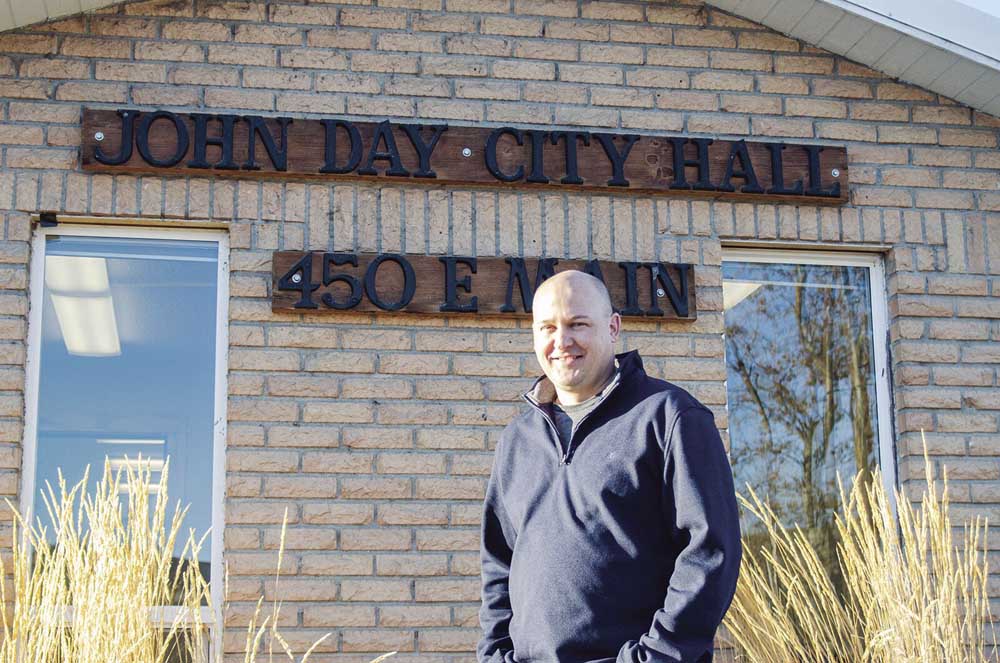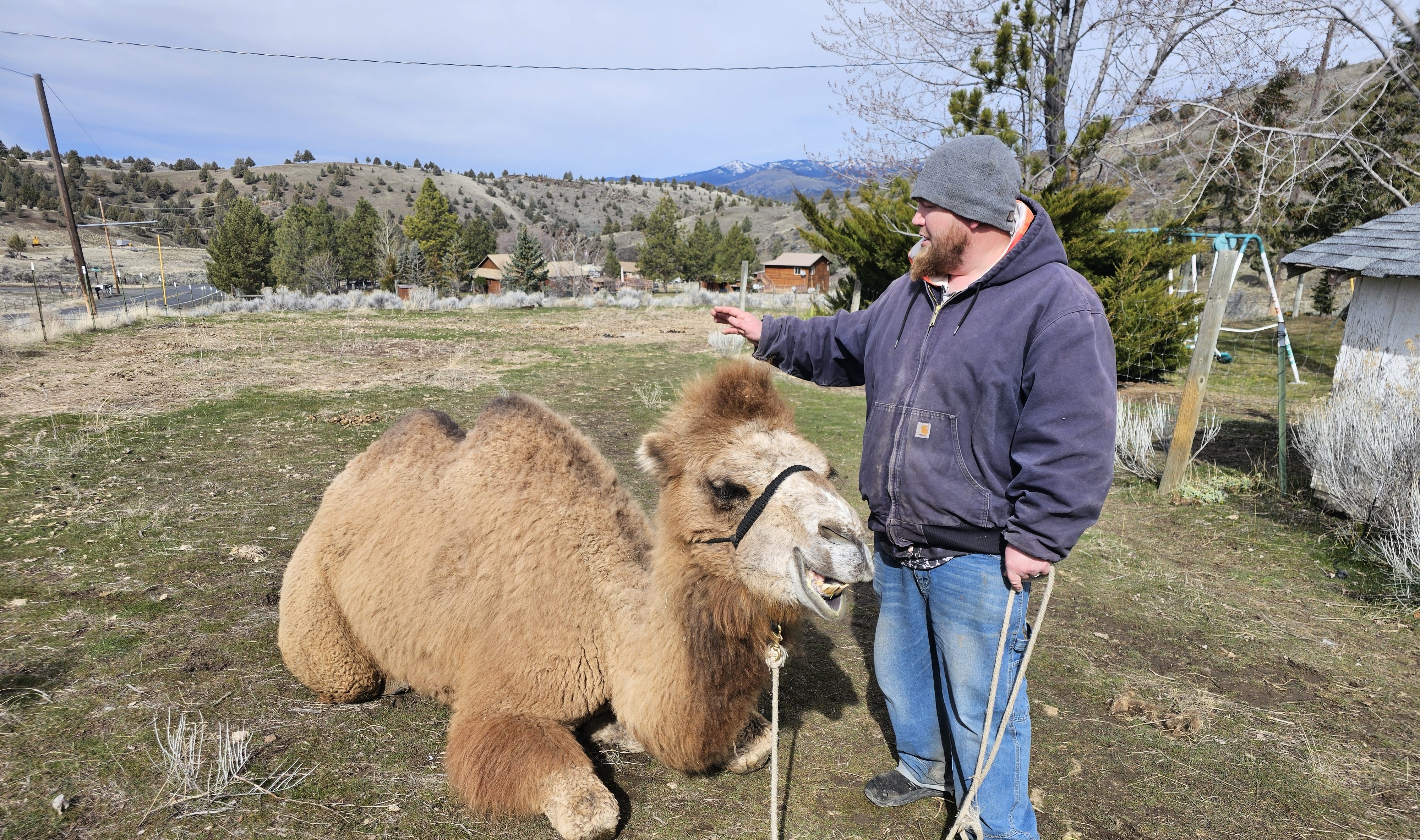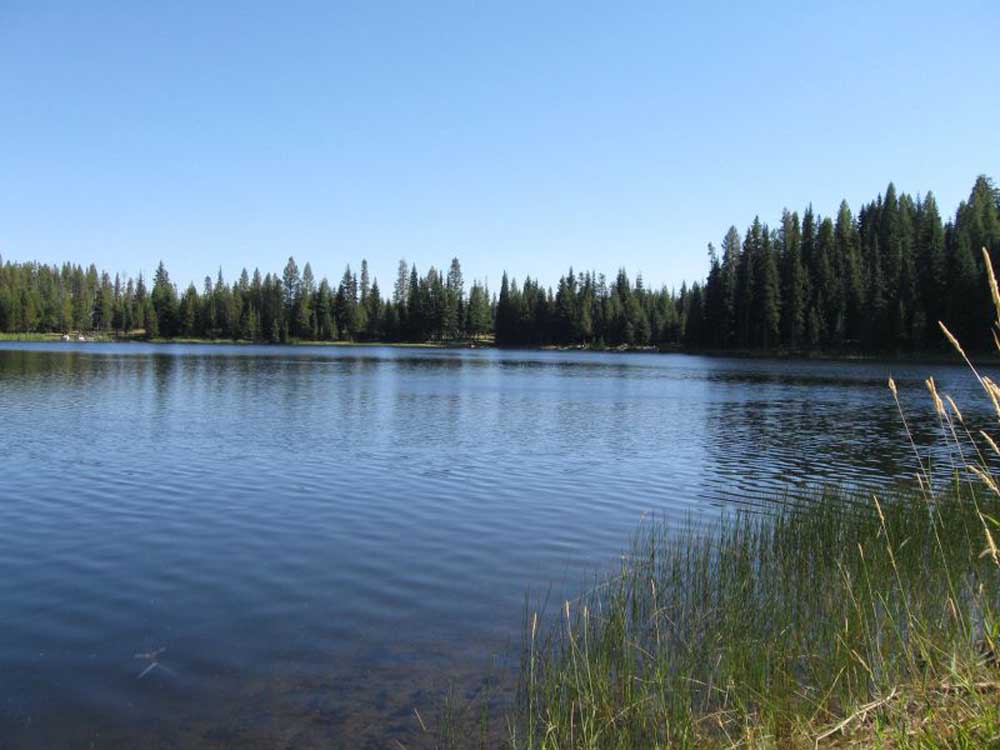Little Canyon Mountain landowner questions environmentalist’s assertions
Published 5:00 pm Tuesday, August 13, 2002
While last week’s comments by Riverwind, Shafer and Steele deserve to be addressed (and yes, Terry, one juniper tree can consume 30-40 gallons of water every day, and does so year-round), I would like to address Riverwind’s guest column.
Asante Riverwind (AKA Michael Christian) wrote that the Little Canyon Mountain (LCM) Project has “polarized residents of the area.” I don’t think so: the residents who live and own property on and near LCM are not polarized. While we may not all think alike, I think we all agree (and anyone can correct me if I am wrong) that a real fire hazard exists, that it is getting markedly worse and trees need to be cut and removed to reduce the fire risk; since many of those trees have economic value, they should be sold and used efficiently. The only people who seem to be “polarized” by this issue are Riverwind/Christian and a couple of people of his ilk. They are not “residents of the area” and are not directly affected.
The concern for the fire danger on LCM has not arisen just in the past few months as Riverwind/Christian suggests. My great-great-uncles cut and thinned trees a century ago, my grandfather was thinning trees on our mining claims 50 years ago; my family cleaned up the logging slash from a timber sale on our claims 30 years ago. Over the past 25 years, my brother and I have manicured our private property to reduce the risk of wildfire and make good use of merchantable timber.
For the past six years, we have been aware and supported the BLM’s efforts to prescribe a commercial thin (as long as slash was cleaned up 100 percent for 600 feet around private property.) The people who live near LCM have been concerned about the fire danger for decades but nothing has been done about it. If you ask the BLM why they have not acted on the plans and assessments they have made over the past six years, the only excuse they have for why a fuel-reduction operation has not occurred is because of the threat of lawsuits from paid obstructionists like Riverwind/Christian. (Who would ever have thought that obstructing beneficial activities would become an occupation?!)
Riverwind/Christian wrote that the forest health problems on Little Canyon Mountain have been caused by the settlement of the area and “decades of excessive forest management – including grazing … logging … and road building.” This demonstrates his gross ignorance on this matter. Just look at our most recent large fires: They all started in areas that have never been managed. The areas of greatest fire risk are and have been wilderness and roadless areas. The fact is that the heavily timbered north and northwest faces of Little Canyon Mountain which adjoin Canyon City have never been actively managed. They have never been grazed, never been commercially logged and have no roads. The extreme fire danger on Little Canyon Mountain exists only because wildfires were suppressed and the resulting timber that has grown up has never been managed.
A recent report by a BLM fire-ecologist confirmed what many local “old-timers” have said for years: that Little Canyon Mountain historically had few trees. There is no evidence of old stumps, logs, snags and no remnants of old logging activity on the north and northwest faces of LCM. Old photographs show this and a trained eye can recognize it when walking around up there. The dense timber on the mountain is a recent phenomenon and is typical of many forested acres in Oregon where fire has been suppressed and congested trees have grown without management. The vast majority of the trees on LCM are less than 120 years old. The only “old-growth” on the mountain are a few scattered Ponderosa pine toward the top and on the ridges – and they are shorter than the younger trees! Most are either stressed or dead and many have mistletoe – a horrible fatal disease that spreads easily. The younger trees are far more vigorous and healthy (except where they have been affected by larger trees with mistletoe), but the land simply cannot support so many trees. They need to be thinned and spaced, cutting the worst, and leaving the healthiest and least defective. It is insane to think that we should cut smaller, relatively healthy trees and leave larger dead, stressed and diseased trees – especially when those larger trees are the most valuable economically and could more than pay for the whole project. There are more than plenty of snags for wildlife on LCM.
From professional evaluations, we know that, between March 1996 and May 2001, about 30 percent of the timber on the north face of LCM died. In the past year alone, at least another 5 percent of the timber has died. The vast majority of the dead and dying trees are over 12 inches and have commercial value. The demand by Riverwind/Christian that trees over 12 inches should not be cut has more to do with preventing beneficial use of valuable wood fiber than any true environmental concern. In fact, it would be more environmentally beneficial to remove many of these trees because the trees are simply far too thick to be healthy. The congested and stressed timber and the escalating bark beetle infestation will continue to grow worse if nothing is done (or if the only thing that is done is to cut small trees under 12 inches). The result will be a catastrophic crown fire that will threaten homes and Canyon City. It will kill most all trees where it burns, sterilize the soil and destroy wildlife habitat and watershed capabilities for many years to come.
The claim that the oldest mature trees are inherently more fire-resistant is just not true. In fact, if a person were to look at the most recent fires in Grant County (go into the Monument Rock Wilderness near Dribble Springs) they would see uncountable over-ripe old growth that burned. They were not just cooked by an unnaturally intense fire. They likely would have been killed by a relatively low-intense fire. Because most of the oldest trees have old fire scars and “cat faces” which caused them to develop rot near their base, fire easily enters the old trees and simply burns them off their stump. This is typical with most fires in our area. It is nature’s way of thinning out the oldest, ripest, trees and making room for a new generation.
There is a wonderful opportunity to clean up the forest on Little Canyon Mountain, reduce the risk of wildfire, improve every aspect of the mountain’s flora and wildlife habitat, and make good use of the timber that is removed. Through active management, we can make our forests better than they ever were without human involvement. It is not right that a few paid obstructionists can hold up beneficial activities like this.
Riverwind/Christian wrote that “Little Canyon Mountain gives us all another opportunity … for dialogue.” This is true, but he and other obstructionists have not accepted the several invitations by the LCM Project group to attend our public meetings and take tours of the mountain. In order to have a dialogue, people need to meet and visit. The claims made by Riverwind/Christian are just blanket rhetoric. His words are hollow and disingenuous and his tactics are a boring scam.
Tad Houpt is a professional forest worker and landowner on Little Canyon Mountain near Canyon City.





